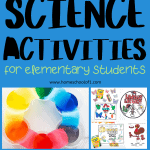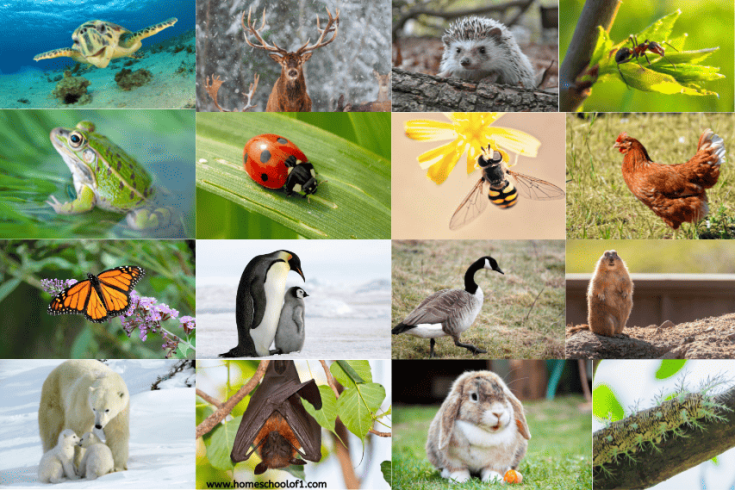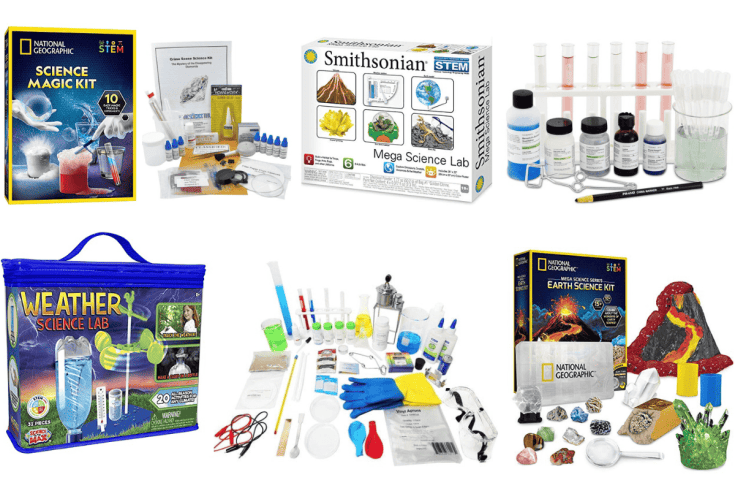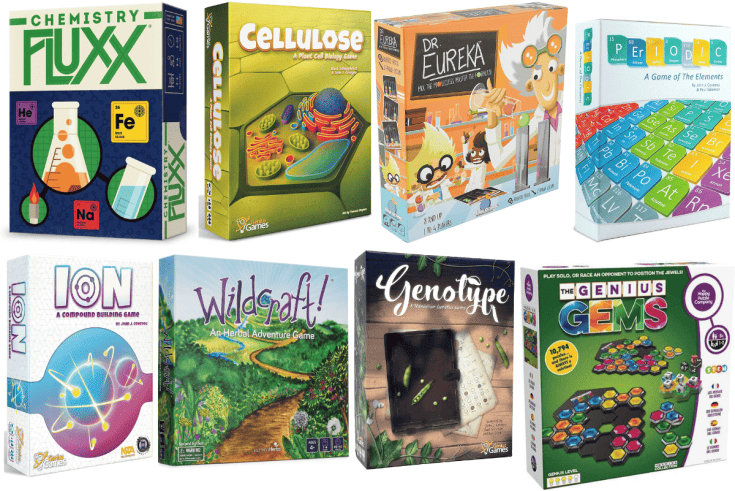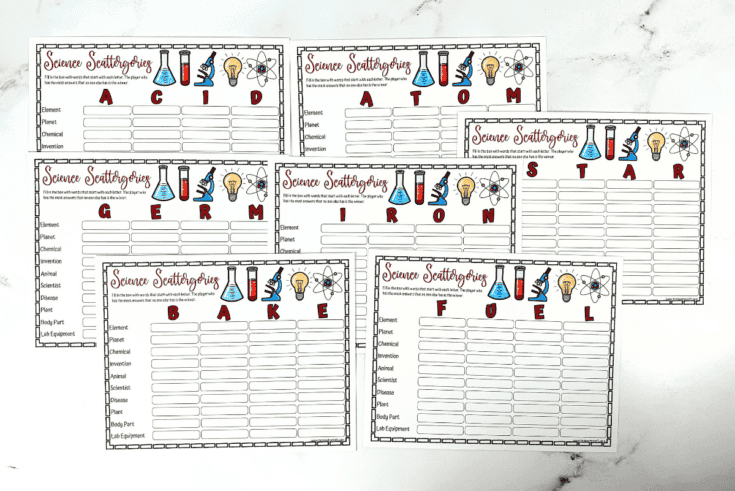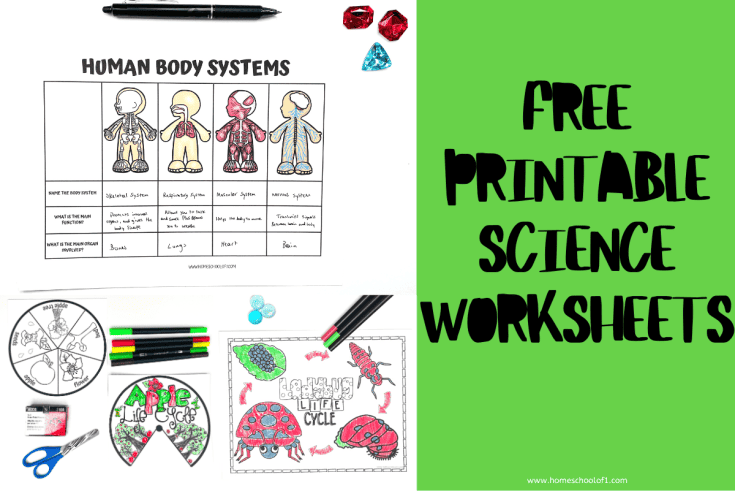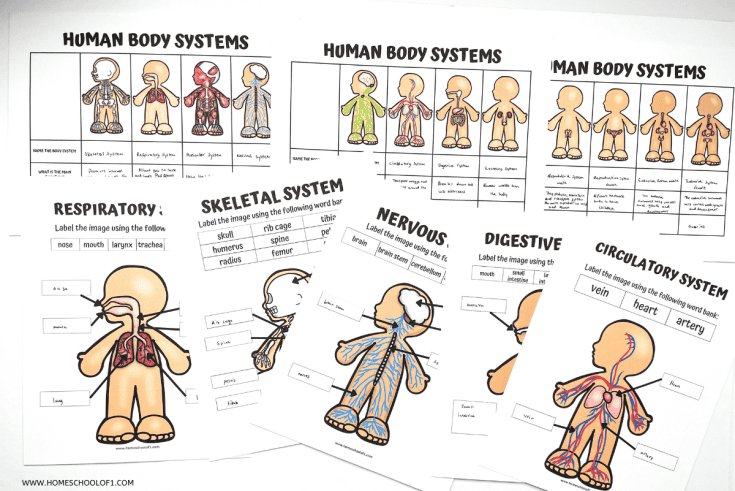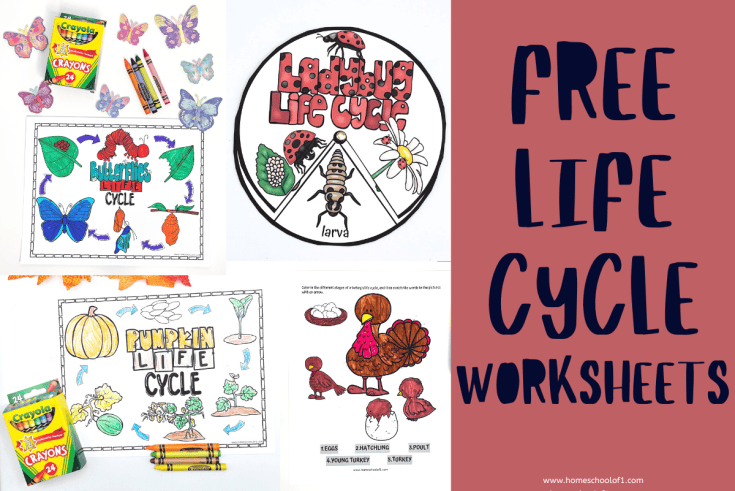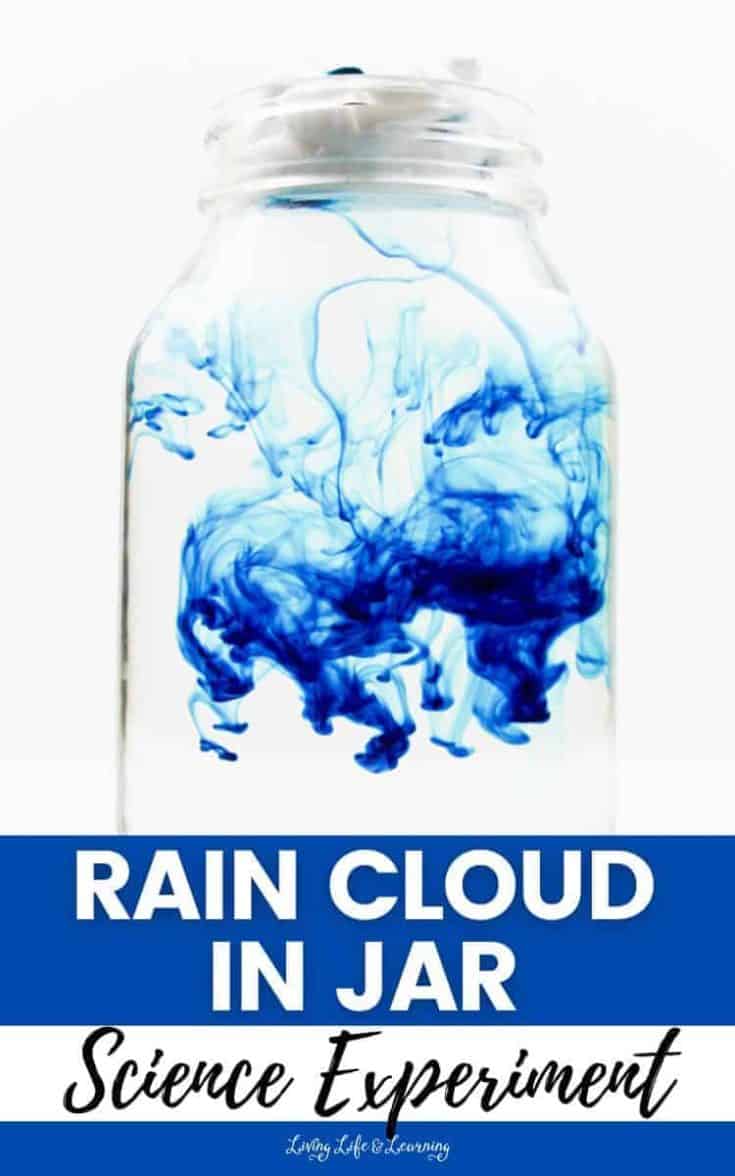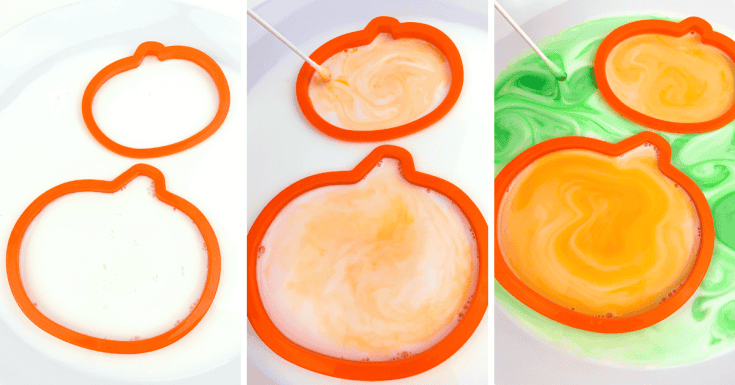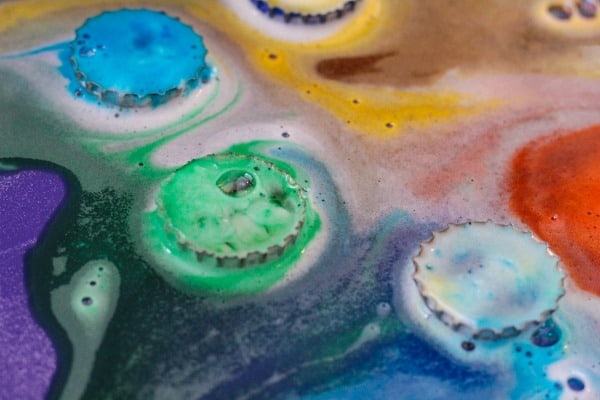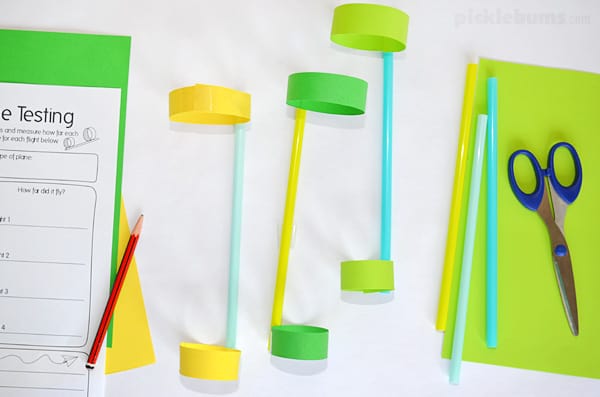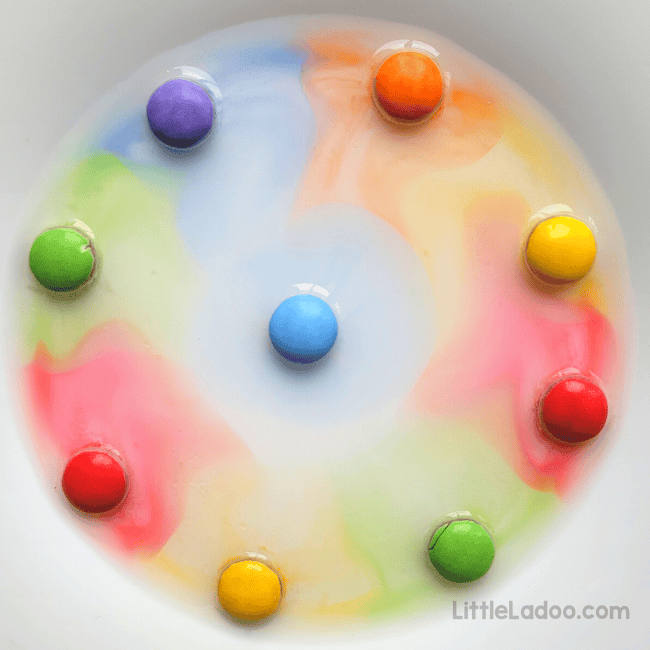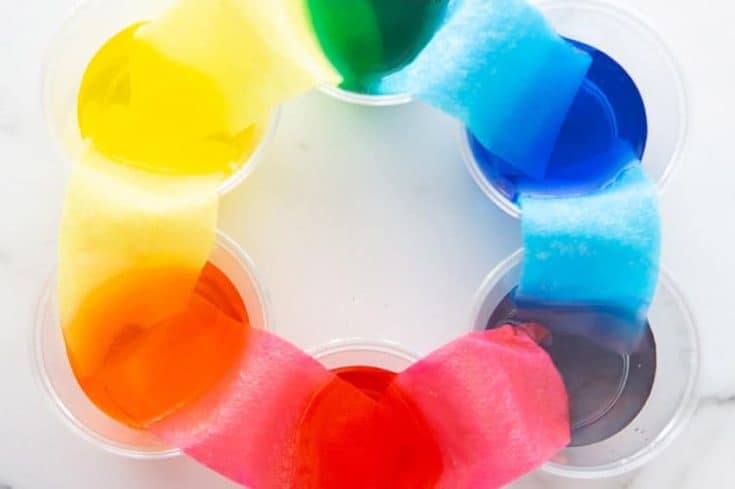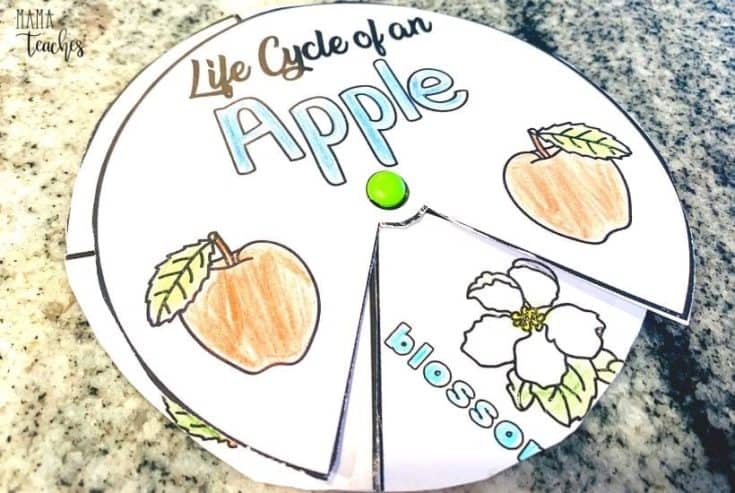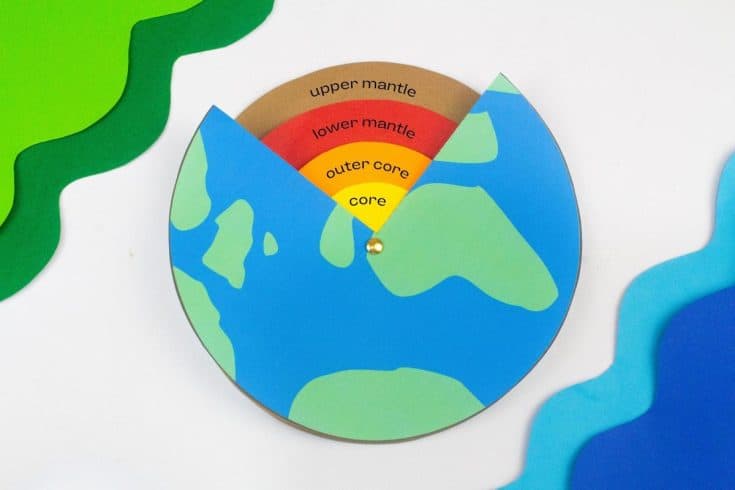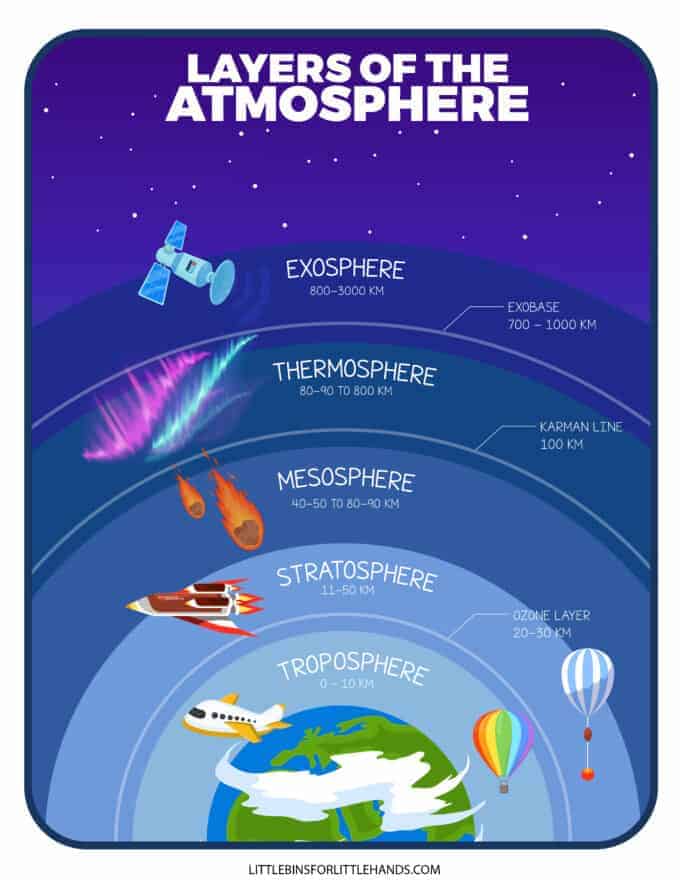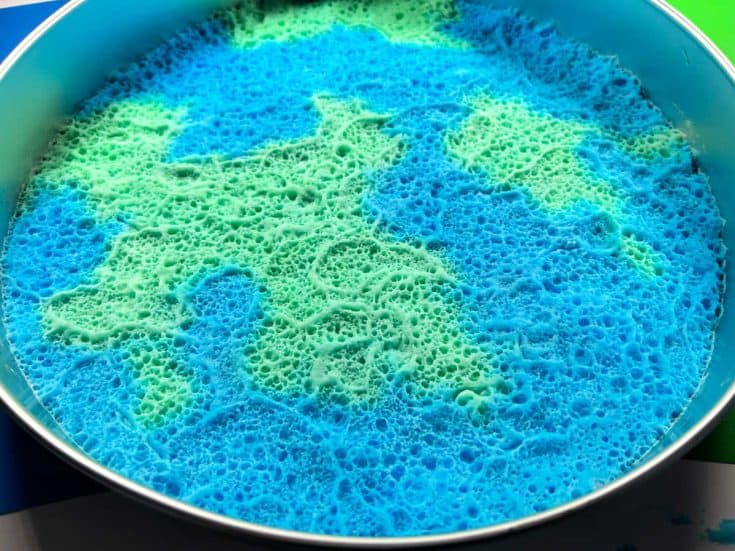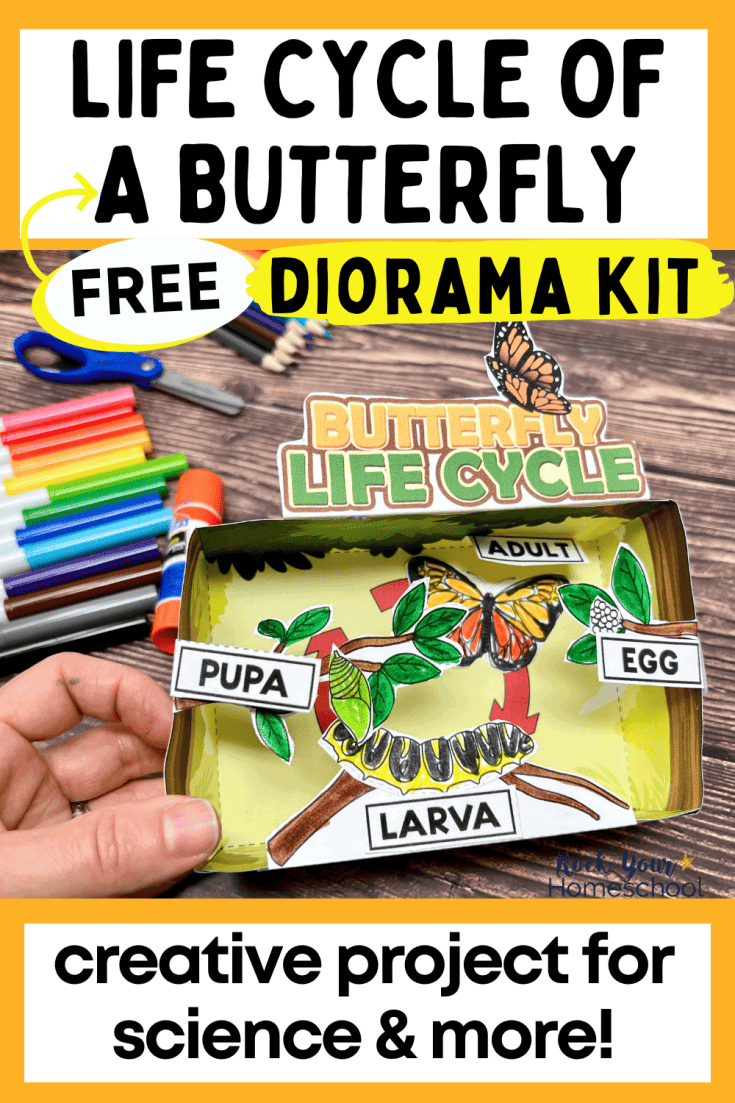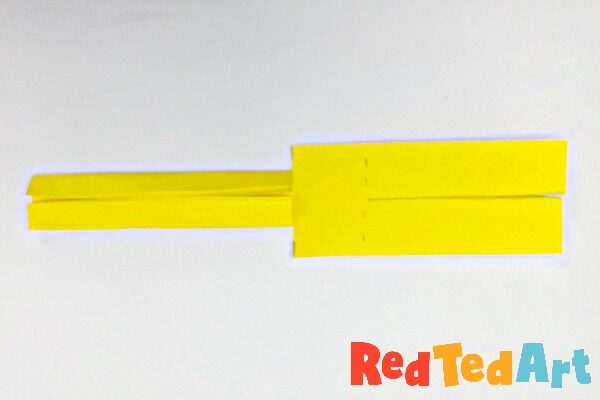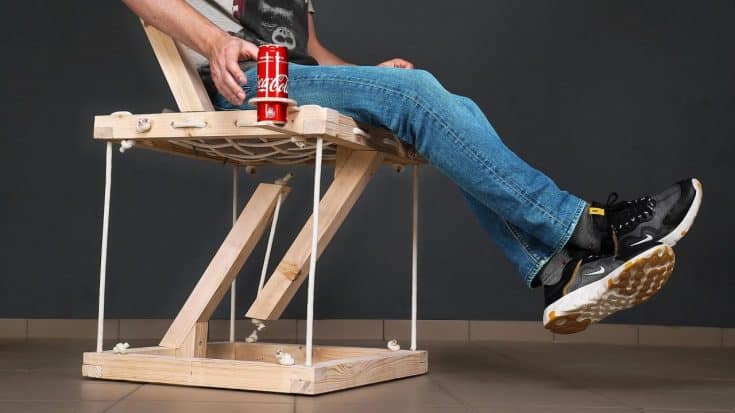Free Science Activities for Elementary Students
As a homeschool mom, I’m always on the lookout for science activities for elementary students that ignite curiosity and make learning fun.
These hands-on experiments are perfect for parents, teachers, and homeschoolers alike, transforming complex scientific concepts into engaging experiences.
From exploring the solar system to conducting exciting experiments, these activities foster critical thinking and a love for discovery.
By incorporating these projects into your homeschool science curriculum, you can make science both accessible and enjoyable for your young learners.
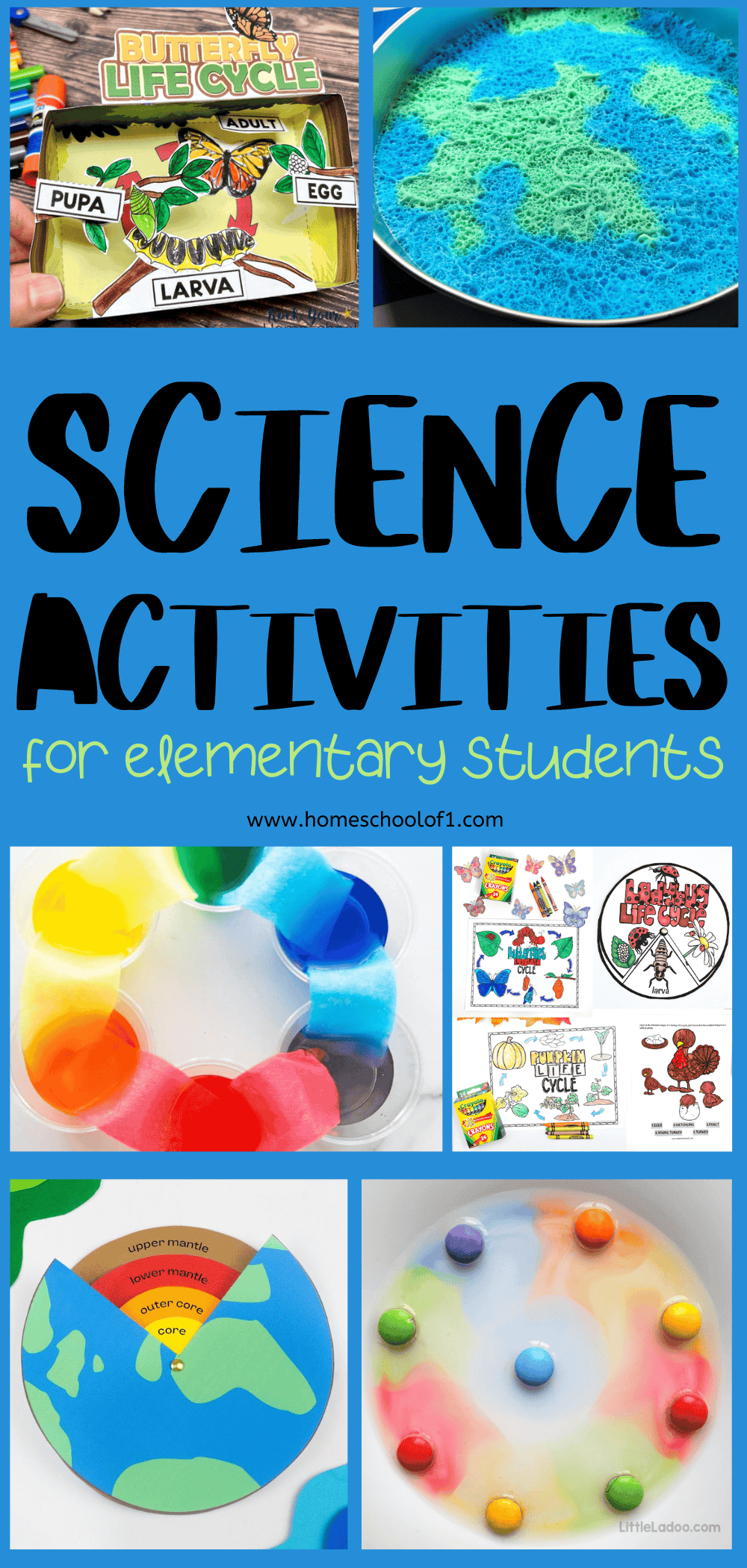
**This post may contain affiliate links. As an Amazon Associate and a participant in other affiliate programs, I earn a commission on qualifying purchases.**
Free Elementary Science Activities
I’m excited to share a variety of free science resources for grade school that my family and I have enjoyed together.
These hands-on projects are designed to spark curiosity and make learning an engaging adventure.
From fun experiments to creative crafts, these activities cover a wide range of scientific concepts that kids can explore with ease.
Whether you’re looking for something to do at home or resources for the classroom, these activities are perfect for encouraging young learners to dive into the world of science.
Embark on a fun learning journey about animals' lives! Explore coloring pages and worksheets for kids from preschool to 4th grade. Learn about butterflies turning into caterpillars, baby birds growing up, and even how frogs transform. There are cool books and bundles to make it more exciting. Learn about the animal kingdom's wonders, and let's enjoy discovering together!
Make learning science fun at home with awesome kits for kids aged 8 and up. These kits cover cool stuff like chemistry, animal dissection, and solving mysteries. They're not boring – they make science exciting! Use them alongside your homeschool science lessons. The kits help with thinking, problem-solving, and spark curiosity through hands-on activities.
Make science fun at home with cool board games for kids. No need to stress about teaching science - these games cover STEM, chemistry, and biology. From building roller coasters to exploring genetics, they turn learning into a family game night. Great for homeschooling, these games make science exciting and match our curriculum. Learning can be as fun as playing with these engaging and educational board games for all ages.
Science Scattergories is a fun, educational game where players brainstorm science-related words for categories like “Invention” or “Element,” using letters like ACID, ATOM, or GERM. With seven unique boards, this activity promotes scientific knowledge, critical thinking, and creativity, making it perfect for classrooms, homeschool, or family game nights.
These worksheets cover topics like the human body, animals, space, life cycles, and earth science. Perfect for kids in kindergarten through 5th grade, these worksheets make learning science fun and interactive. Explore various educational resources, including recommended science books and subscription boxes, to enhance your child's science education at home.
Explore free human body worksheets at Homeschool of 1, designed for kids aged 8-14. Ideal for learning about the skeletal, nervous, respiratory, digestive, and circulatory systems. Younger kids label body parts, while older ones delve into functions and major organs. Download these printable worksheets for an engaging exploration of the human body at home or in the classroom, making learning fun and educational.
These free life cycle worksheets are for kids grades K-5. These easy-to-use printables cover various life cycles, like plants and animals, making learning fun. Enjoy recommended books and hands-on activities such as butterfly gardens. The worksheets are grouped by animals, including insects and birds. Dive into nature's wonders, exploring how creatures and plants grow. Download the worksheets for an exciting learning adventure.
Have fun with the Rain Cloud in Jar experiment! It's easy and exciting for kids to explore weather science. Using a jar, water, shaving cream, and food coloring, create a mini-rain cloud. Watch as the food coloring drips through the shaving cream, making it look like raindrops. This simple experiment teaches about clouds, rain, and the water cycle, making science enjoyable and hands-on for children.
Kids can have fun and learn with pumpkin magic milk science! Simple and exciting, this experiment is not just for preschoolers – kids of all ages will enjoy it. Explore surface tension and chemical reactions using common items like milk, food coloring, pumpkin cookie cutters, cotton swabs, and dish soap. Easily set up for fall-themed fun, it's a fantastic way to introduce science concepts. Turn it into a simple activity or a full experiment, making learning enjoyable and accessible for everyone.
Kids will love the Fizzy Bottle Caps science experiment, a simple and fun twist on the classic baking soda and vinegar reaction. With everyday items, children can create their own fizzing bottle caps, exploring chemical reactions. The colorful fizz, coupled with activities like counting and fine motor skills, makes it a playful introduction to chemistry.
Make a hoop glider paper plane and have fun with science. It comes with three videos, simple instructions, and a digital lab book. It covers physical sciences, earth and space sciences, biological sciences, chemical sciences, and design & technologies. Perfect for kids of all interests!
Learn science with Skittles! In this fun experiment, put Skittles in a circle on a plate, add warm water, and watch the colors mix. It's like magic! Skittles have sugar and colors. When you add water, sugar dissolves, and colors move to the center. Try different ways, like using cold water. It's a simple way to see science in action and make tasty art! Enjoy learning with Skittles Rainbow Science!
Try this exciting Walking Water Science Experiment to discover how colors mix and water moves! It's super easy and fun for kids of all ages. Watch the magic as water travels through paper towels, creating a beautiful rainbow. Fill cups with water, add a drop of food coloring, and connect them with folded paper towels. Wait a few hours, and voila! Empty cups are filled with new colors, teaching about color mixing and capillary action in a simple and engaging way. Make learning science a blast with this hands-on walking rainbow experiment!
Learn about apple trees with a free and fun Apple Life Cycle Spinner Craft. The printable helps kids explore five stages: Seed, Tree, Bud, Blossom, and Fruit. Ideal for homeschooling or classroom use, children color, cut, and glue each stage onto the spinner, improving fine motor skills and sequencing. Use this interactive activity to tell the story of an apple tree's life cycle in an engaging way.
Explore Earth's layers with a fun craft! Use the free printable to color or cut and assemble two versions. Kids discover the Earth's crust, mantle, outer core, and inner core. It's a hands-on way to learn about our planet. The activity helps with coloring skills, cutting practice, and understanding Earth's structure. Enjoy coloring, or create a layered Earth model. It's a simple, educational, and creative project for kids!
The carbon cycle is like a nature recycling system for a special thing called carbon. It helps plants make food from air, and animals get energy by eating plants. When plants and animals breathe, they release carbon dioxide, balancing Earth. Steps include photosynthesis, animals eating plants, breathing, decomposition, fossilization, and burning. The cycle is vital for keeping the air right, making oxygen, and storing carbon. People affect it by burning fossil fuels and cutting down trees, causing climate change. Learning about the carbon cycle helps understand how Earth works and why we need to protect it.
Kids can learn about Earth Day through a simple and fun science experiment. Mixing vinegar and baking soda creates a fizzy reaction, showing how carbon dioxide gas is produced. The experiment represents Earth's land and water, making it an exciting way to understand environmental changes. Earth Day, celebrated on April 22nd, is a perfect time to teach children about taking care of our planet. Using everyday items like vinegar and baking soda, this activity engages kids in hands-on learning about science and the environment.
Life Cycle of a Butterfly Project: How to Make this 3D Diorama (Free)
Make an exciting butterfly life cycle project with this free printable set. It's perfect for learning about how butterflies grow. The pack includes pages to color and cut out, showing the stages from eggs to adult butterflies. You just need some basic materials like scissors and glue. It's a fun way to learn, and the post also recommends cool books and videos about butterflies.
Make cool DIY Paper Helicopters with this easy paper craft. No templates needed—just paper, scissors, and a paper clip. Inspired by nature's helicopter seeds, these paper toys are quick to make and fun to watch as they fly and spin. Turn it into a S.T.E.M. activity by having kids predict and experiment with changes. The post gives step-by-step instructions with photos, encouraging kids to explore gravity and air resistance through hands-on crafting,
Make exploding popsicle stick bombs with easy tutorials for kids. The post shares four designs—Cobra Weave, Grenade, Butterfly, and Window/Flying Fish. These activities, using jumbo popsicle sticks, are low-cost, engaging, and teach science concepts like energy and tension. The bombs are created by bending sticks into shapes and then releasing the stored energy upon impact. It's a fun way to learn science while having a blast!
Last Updated on 7 April 2025 by Clare Brown

